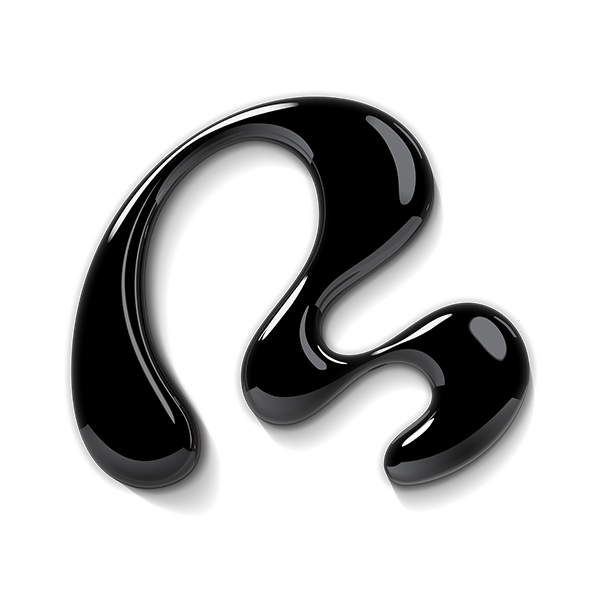EnerJet by Sinclair is a needle-free aesthetic treatment that delivers a high-velocity jet of therapeutic fluid deep into the skin. Most providers use it to deliver hyaluronic acid, platelet rich plasma, or a combination of the two in a high-pressure burst of kinetic energy.
Dr. Sheila Barbarino, a board-certified oculoplastic surgeon in Austin, TX, calls EnerJet and systems like it “the wave of the future.” She points to the fact that it “offers a regenerative treatment that is pain-free, with needless technology and minimal downtime.” Her patients tolerate it so well that it “negates the need for numbing creams.” She also notes that it offers “an extremely high safety profile, delivering hyaluronic acid without the risk of possible occlusion, blindness, or stroke," all rare but potentially serious side effects of hyaluronic acid-based injectable fillers.
EnerJet is also frequently used to deliver a steroid solution and release fibrous tissues, an especially potent treatment for acne scars, keloids, hypertrophic (thick, raised) scars, and even stretch marks. Dr. Eric Carniol, a double board-certified facial plastic surgeon in Summit, NJ, says EnerJet delivers consistently good results for acne scars. “I used to do a lot of subcision in my practice, as it is great for deep acne scars. Now, with EnerJet, the patients get a great treatment with much less pain and downtime.”
The controlled microdamage created by each burst stimulates the skin’s natural healing response and triggers new collagen and elastin growth. After a series of treatments, this leads to firmer, plumper, thicker, smoother and more radiant skin over time.
That’s why many providers promote EnerJet as a “nonsurgical facelift.” Dr. Jeff Rapaport, a board-certified dermatologic surgeon in Englewood Cliffs, New Jersey, recommends a series of 3 monthly treatments for a sharper jawline, improved facial contours, and glowing skin.
Some providers are also experimenting with it as a hair restoration treatment, using PRP to stimulate dormant hair follicles.
Pros
- This innovative treatment can rejuvenate skin on almost any area of the body.
- It’s suitable for all skin types.
- It doesn’t involve needles or heat, and disruption to the skin’s surface is minimal.
- Side effects are typically mild and resolve in a few hours to a day.
- Typically, the treatment is done in the hairline so there’s minimal to no downtime
Cons
- Like other nonsurgical treatments, this one can’t deliver the same level of “lift” or longevity of results as facelift surgery.
- While it’s possible to see an improvement after one session, most providers recommend a series of 3 monthly treatments for optimal results and longevity.
- You’ll need to be patient to see the full benefits. As with other regenerative treatments, it takes several weeks to months for new collagen and elastin to form.
An EnerJet treatment session takes 30–45 minutes. If you’re worried about discomfort, get there early to allow time for topical anesthesia to take effect. (Providers tell us most patients don’t need it.)
Once your skin is clean, your provider will apply the handheld device, delivering high-pressure jets of active ingredients at several points across the treatment area.
You’ll feel a sense of pressure or a quick pinch as each jet penetrates deep into your dermal tissue, but it shouldn’t be painful.
“A typical injection (say for filler or a neuromodulator) involves the needle going into the skin, the material being injected, and the needle getting pulled out,” says Dr. Carniol. But with EnerJet, “each spot is over so fast,” making any twinge of discomfort fleeting.
Results from a series of 3 monthly sessions develop over several weeks and typically last 12–18 months, according to Dr. Barbarino.
Talk with your provider about how to best preserve your results. They may recommend occasional maintenance treatments, along with daily sunscreen and good skin care.
EnerJet side effects are usually mild and resolve on their own.
Within the first few hours post-treatment, you may have some inflammation, swelling, or small papules at the entry point. “The treatment will cause little areas of swelling that look like mosquito bites,” Dr. Carniol explains. “These will usually flatten within the first day.”
By the next day, your skin will be healed enough that you can hide any residual redness or bruising with makeup. Dr. Carniol notes that “patients may have a very small red scab on the skin for a few days until it washes off.”
Some people may develop post-inflammatory hyperpigmentation (PIH). If your skin is prone to PIH or keloids, talk with your provider about whether this is the best treatment option for you.


